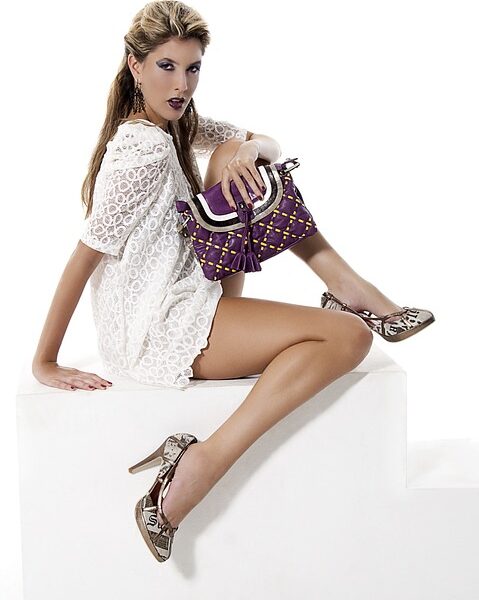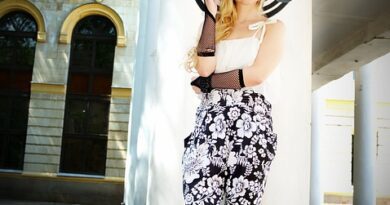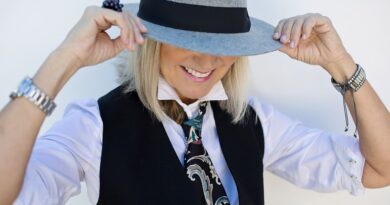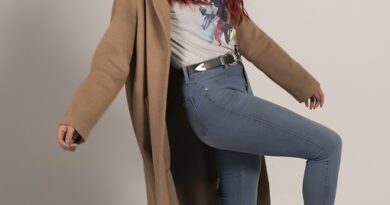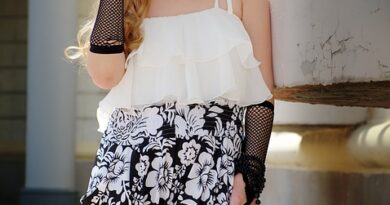The Intersection of Fashion and Feminism: How Women’s Dress Becomes an Expression of Identity
Fashion and feminism are two seemingly disparate topics that can actually intersect in profound and meaningful ways. Women’s dress and their relationship to fashion can serve as a means of self-expression, empowerment, and even resistance.
At its core, feminism is about advocating for women’s rights and pushing for gender equality. Fashion, on the other hand, is often dismissed as frivolous and superficial. However, when it comes to women’s dress, the way we present ourselves can be a powerful tool for challenging societal norms and asserting our identities.
Historically, women’s fashion has been tied to the expectations and limitations placed on women in society. From corsets to hemlines, clothing has often been used to reinforce gender roles and restrict women’s movement both literally and figuratively. However, as feminist movements have gained ground over the decades, women have used fashion to subvert these expectations and reclaim their bodies and identities.
Take, for example, the flapper style of the 1920s. Women’s fashion during this era was characterized by shorter hemlines, looser silhouettes, and the use of more masculine fabrics like tweed and wool. Flappers were seen as rebellious and even scandalous, subverting traditional notions of femininity and propriety. Through their fashion choices, they were carving out a new space for themselves and challenging societal expectations.
In more recent years, we’ve seen a resurgence of feminist fashion as a means of self-expression and empowerment. The “I’m with Her” t-shirts that became popular during Hillary Clinton’s presidential campaign, for instance, allowed women to show their support for a female candidate and take a stand against the misogyny that characterized much of the rhetoric around Clinton’s campaign. Similarly, the “Me Too” movement has inspired a wave of fashion that seeks to give voice to survivors of sexual assault and harassment. From t-shirts to pins and even runway shows, fashion has become a powerful medium for solidarity and activism.
Of course, not all fashion is explicitly feminist or political. However, even seemingly more trivial fashion choices can serve as a means of asserting one’s identity and autonomy. Women who embrace menswear-inspired styles or who choose to dress in a more androgynous manner are often perceived as confident and empowered, challenging traditional notions of femininity and beauty. On the other hand, women who choose to embrace more traditionally feminine styles, such as retro dresses or colorful makeup looks, can also be seen as empowered if they are making these choices for themselves rather than to conform to societal expectations.
The intersection of fashion and feminism is complex and multifaceted, but it ultimately comes down to the idea that women’s dress can be a tool for self-expression and empowerment. By embracing fashion as a means of asserting our identities and challenging traditional gender norms, we can continue to push for progress and change within society.
